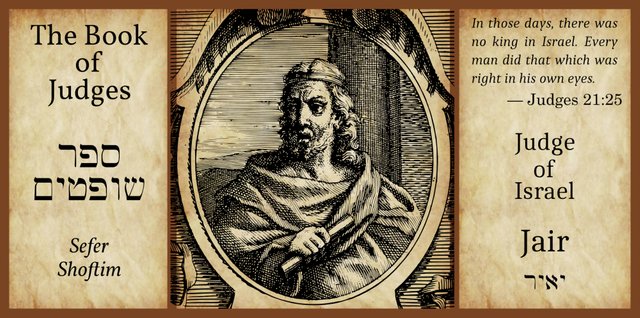
Jair, the Seventh Judge of Israel, is another of the minor Judges. We are told very little about his Judgeship in the Book of Judges, but the account of what takes place after his death is quite protracted:
And after [Tola] arose Jair, a Gileadite, and judged Israel twenty and two years. And he had thirty sons that rode on thirty ass colts, and they had thirty cities, which are called Havothjair unto this day, which are in the land of Gilead. And Jair died, and was buried in Camon.
And the children of Israel did evil again in the sight of the Lord, and served Baalim, and Ashtaroth, and the gods of Syria, and the gods of Zidon, and the gods of Moab, and the gods of the children of Ammon, and the gods of the Philistines, and forsook the Lord, and served not him. And the anger of the Lord was hot against Israel, and he sold them into the hands of the Philistines, and into the hands of the children of Ammon. And that year they vexed and oppressed the children of Israel: eighteen years, all the children of Israel that were on the other side Jordan in the land of the Amorites, which is in Gilead. Moreover the children of Ammon passed over Jordan to fight also against Judah, and against Benjamin, and against the house of Ephraim; so that Israel was sore distressed.
And the children of Israel cried unto the Lord, saying, We have sinned against thee, both because we have forsaken our God, and also served Baalim.
And the Lord said unto the children of Israel, Did not I deliver you from the Egyptians, and from the Amorites, from the children of Ammon, and from the Philistines? The Zidonians also, and the Amalekites, and the Maonites, did oppress you; and ye cried to me, and I delivered you out of their hand. Yet ye have forsaken me, and served other gods: wherefore I will deliver you no more. Go and cry unto the gods which ye have chosen; let them deliver you in the time of your tribulation.
And the children of Israel said unto the Lord, We have sinned: do thou unto us whatsoever seemeth good unto thee; deliver us only, we pray thee, this day. And they put away the strange gods from among them, and served the Lord: and his soul was grieved for the misery of Israel.
Then the children of Ammon were gathered together, and encamped in Gilead. And the children of Israel assembled themselves together, and encamped in Mizpeh. And the people and princes of Gilead said one to another, What man is he that will begin to fight against the children of Ammon? he shall be head over all the inhabitants of Gilead. (Judges 10:3-18)
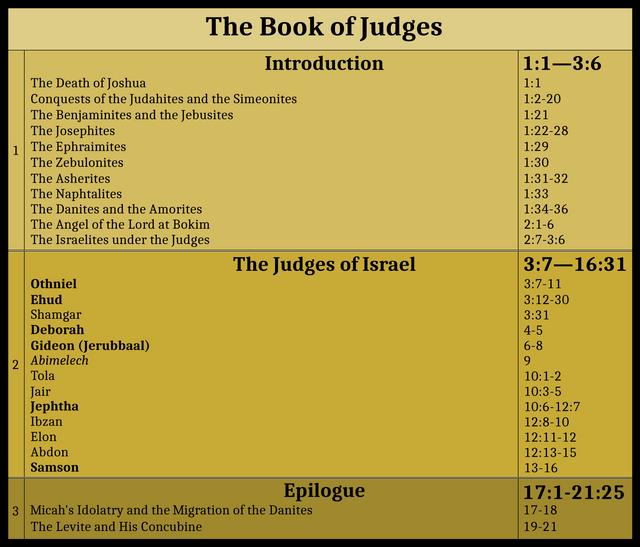
In the following chapter that man revealed to be Jephtha, the eighth Judge of Israel.
The bizarre details about Jair’s thirty sons with thirty ass colts and thirty cities may involve wordplay:
There is a curious play of words on Jair (yair), “ass-colts” (ayārîm), and “cities,” which ought to be arîm, but is purposely altered for the sake of the paronomasia. (Ellicott 228)
The only difference between ass-colts [עֲיָרִ֔ים] and cities [עֲיָרִ֖ים] is the pointing added to the third letter, resh [ר].
In I Chronicles, we learn some more details about Jair’s origins:
The sons of Judah; Er, and Onan, and Shelah ... And Tamar his daughter in law bore him Pharez and Zerah. All the sons of Judah were five. The sons of Pharez; Hezron, and Hamul ... The sons also of Hezron, that were born unto him; Jerahmeel, and Ram, and Chelubai ... And afterward Hezron went in to the daughter of Machir the father of Gilead, whom he married when he was threescore years old; and she bare him Segub. And Segub begat Jair, who had three and twenty cities in the land of Gilead. (I Chronicles 2:3-22)
In Joshua, the number of these towns is sixty:
And Moses gave inheritance unto the half tribe of Manasseh: and this was the possession of the half tribe of the children of Manasseh by their families. And their coast was from Mahanaim, all Bashan, all the kingdom of Og king of Bashan, and all the towns of Jair, which are in Bashan, threescore cities. (Joshua 13:29-30)
Machir was of the tribe of Manasseh:
The sons of Joseph after their families were Manasseh and Ephraim. Of the sons of Manasseh: of Machir, the family of the Machirites: and Machir begat Gilead: of Gilead come the family of the Gileadites. (Numbers 26:28-29)
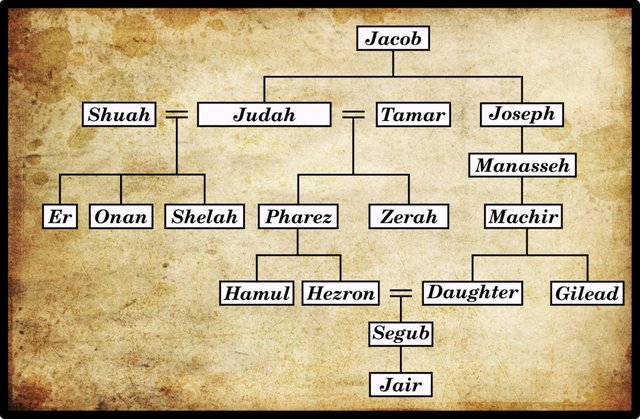
Jair, then, belongs to the fifth generation from Joseph—or the fourth generation from Judah. This is impossible to square with the traditional chronology of the Bible. According to the rabbinical text known as the Seder Olam Rabbah, the Biblical timeline is as follows (Johnson passim):
| Event | Years from the Creation |
|---|---|
| Birth of Joseph | 2199 |
| Death of Joseph | 2309 |
| Exodus | 2448 |
| Death of Joshua | 2516 |
| Rule of Elders | 2516-2533 |
| Judgeship of Jair | 2758-2780 |
Approximately five centuries elapse between the birth of Joseph and the birth of his great-great-great-grandson Jair. Note, also, how the twenty-two years of Jair’s Judgeship and the eighteen years of Ammonite oppression make a total of forty years, a symbolic number that occurs repeatedly in the Bible.
Identity of Jair
Several passages in the Old Testament identify a certain Jair as a son of Manasseh. He captures thirty cities in Transjordan (Gilead or Bashan), which are known to this day as Havothjair (or Bashanhavothjair), the hamlets of Jair (Strong 37). This Jair sounds suspiciously like the Judge Jair:
JAIR ...
An eponymous son of Manasseh in Num 32:41; Deut 3:14; 1 Kgs 4:13 (cf. Josh 13:30). For the related gentilic JAIRITE, see 2 Sam 20:26. Jair acquired control of a number of villages in Gilead, more specifically in the region of ARGOB (Num 32:41), which is equated with Bashan in Deut 3:14. The group came to be known as Jair’s Villages ... In 1 Chr 2:22, theology may have crept into genealogy (Myers I Chronicles 14). There Jair’s father is Segub of Judah and his mother a daughter of Machir, which may also stand for Manasseh.
One of the leaders of Israel in the pre-monarchy era (Judg 10:3-5), about whom very little information survives. The designation “minor judge” should be taken as a merely quantitative description of narrative scope, not suggestive of an office different from that of the so-called deliverer-judge (Mullen 1982). Jair was a Gileadite whose leadership lasted for 22 years. He had 30 sons and controlled 30 towns. His tomb was at Kamon, usually identified with modern Qamm, on the Jordan-Irbid road, a location considerably S of Argob-Bashan. Yet there is surely some relation to 1. above. (Freedman 4143 : See also 4868-4869)
The identity of these two Jairs is widely conceded:
This Jair [the Judge] is probably the same as No. 1 [the son of Manasseh]. (Singer 66)
This supports my thesis that whatever true history there is in the Book of Judges, it relates to the period before the Conquest of Canaan, when the House of Israel was still in Egypt.

Transjordan
The Judgeships of Jair and Jephtha clearly belong to Gileadite tradition. The salient events take place in Transjordan rather than Canaan. The identification of Camon or Kamon, however, is complicated by our uncertainty concerning the geographical definition of Gilead. Most scholars place Gilead between the Jabbok and Yarmouk rivers, but there are some who place it north of the Yarmouk (ie in Bashan) and some who place it south of the Jabbok (ie in Ammon):
That puts Kamon in this area ... The name is preserved in Qamm [Qam]] ... and Qumeim [Qumaim], halfway between the Sea of Galilee and Ramoth-gilead. These two villages are on either side of the present road [Highway 10], about 6 or 7 miles [10-11 km] respectively S-SE of Umm-Qeis. (Freedman 4869)
Qam and Qumaim lie about 11-12 km west of the modern city of Irbid. They were first noted in the late 19th century by the American archaeologist Gottlieb Schumacher, who translates the two names as The Summit and The Little Summit respectively (Schumacher 137, 197, 199 : Orr 1345):
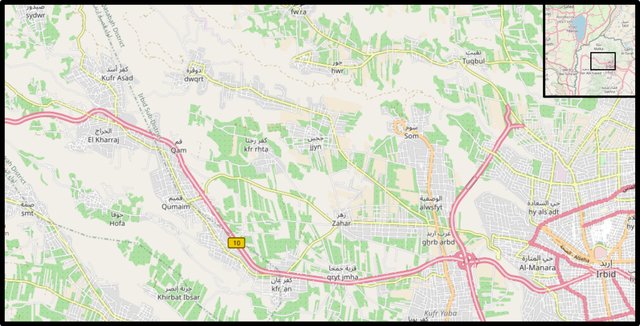
Havothjair
James Strong’s analysis of the toponym Havothjair, Hamlets of Jair, suggests that Jair was not originally a personal name, but simply meant wooded (Strong 37, 51-52):

This calls into doubt the historicity of both Jairs.
The Legends of the Jews
In the Book of Judges, Jair is portrayed sympathetically as a righteous Judge of Israel. But in Louis Ginzberg’s The Legends of the Jews, which draws for the most part on later rabbinical sources, Jair is a sinful man, and the immediate successor of Abimelech:
The successor to Abimelech equalled, if he did not surpass, him in wickedness. Jair erected an altar unto Baal, and on penalty of death he forced the people to prostrate themselves before it. Only seven men remained firm in the true faith, and refused to the last to commit idolatry. Their names were Deuel, Abi Yisreel, Jekuthiel, Shalom, Ashur, Jehonadab, and Shemiel.
They said to Jair: “We are mindful of the lessons given us by our teachers and our mother Deborah. ‛Take ye heed,’ they said, ‛that your heart lead you not astray to the right or to the left. Day and night ye shall devote yourselves to the study of the Torah.’ Why, then, dost thou seek to corrupt the people of the Lord, saying, ‛Baal is God, let us worship him’? If he really is what thou sayest, then let him speak like a god, and we will pay him worship.”
For the blasphemy they had uttered against Baal, Jair commanded that the seven men be burnt. When his servants were about to carry out his order, God sent the angel Nathaniel, the lord over the fire, and he extinguished the fire, though not before the servants of Jair were consumed by it. Not only did the seven men escape the danger of suffering death by fire, but the angel enabled them to flee unnoticed, by striking all the people present with blindness.
Then the angel approached Jair, and said to him : “Hear the words of the Lord ere thou diest. I appointed thee as prince over my people, and thou didst break My covenant, seduce My people, and seek to burn My servants with fire, but they were animated and freed by the living, the heavenly fire. As for thee, thou wilt die, and die by fire, a fire in which thou wilt abide forever.”
Thereupon the angel burnt him with a thousand men, whom he had taken in the act of paying homage to Baal. (Ginzberg 4:42-43)
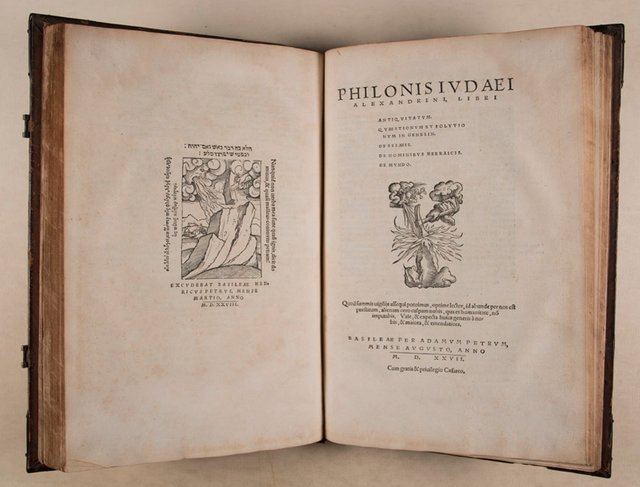
This story is taken from Pseudo-Philo’s Biblical Antiquities, an anonymous book usually dated to the late 1st or early 2nd century of the Common Era, but traditionally attributed to the Jewish philosopher Philo Judaeus, who flourished in the early 1st century. It is also found in the Chronicles of Jerahmeel, a 14th-century compilation largely based on the Biblical Antiquities.
Conclusion
The historicity of the Judge Jair is doubtful. Two parallel traditions—one set before the Joshuan Conquest and one set after it—grew up around this figure. In addition to the divergent chronologies, there are also other irreconcilable discrepancies between the two, such as the competing genealogies, or the varying number of towns captured by Jair (23, 30 or 60). The later legend of a sinful Jair contradicts both traditions. Furthermore, James Strong’s analysis suggests that there never was any individual of the name Jair. The toponym Havothjair simply referred to villages in a wooded region of Gilead or Bashan.
And that’s a good place to stop.
References
- Charles John Ellicott (editor), An Old Testament Commentary for English Readers, Volume 2, Cassell, Petter, Galpin & Co, London (1883)
- David Freedman (editor-in-chief), The Anchor Yale Bible Dictionary, Doubleday, New York (1992)
- Louis Ginzberg, The Legends of the Jews, Volume 4, Translated from the German by Henrietta Szold, The Jewish Publication Society of America, Philadelphia (1913)
- Louis Ginzberg, The Legends of the Jews, Volume 6, Translated from the German by Henrietta Szold, The Jewish Publication Society of America, Philadelphia (1928)
- James Orr (General Editor), The International Standard Bible Encyclopedia, Volume 2, The Howard-Severance Company, Chicago (1915)
- Gottlieb Schumacher, Northern ’Ajlun, “Within the Decapolis”, Alexander P Watt, London (1890)
- Isidore Singer (managing editor), The Jewish Encyclopedia, Volume 7, Funk & Wagnalls Co, New York (1904)
- James Strong, Hebrew and Chaldee Dictionary, in The Exhaustive Concordance of the Bible, Eaton & Mains, New York (1890)
Image Credits
- Jair: Bartholomaeus Gaius, Epitome Historico-Chronologica Gestorum Omnium Patriarcharum, Ducum, Iudicum, Regum, et Pontificum Populi Hebraici, Page 44, Giovanni Generoso Salomoni, Rome (1751), Icas94 (photographer), De Agostini Picture Library, Getty Images, Public Domain
- Transjordan: M Celle (artist), The Jerusalem Bible: Reader’s Edition, © Darton, Longman & Todd, Ltd and Doubleday & Company, Inc, Garden City, New York (1966), Fair Use
- The Editio Princeps of the Biblical Antiquities: Johannes Sichardt (editor), St Jerome & Guillaume Budé (translators), Philonis Iudaei Alexandrini Libri, Adam Petri, Basel (1527), Public Domain
